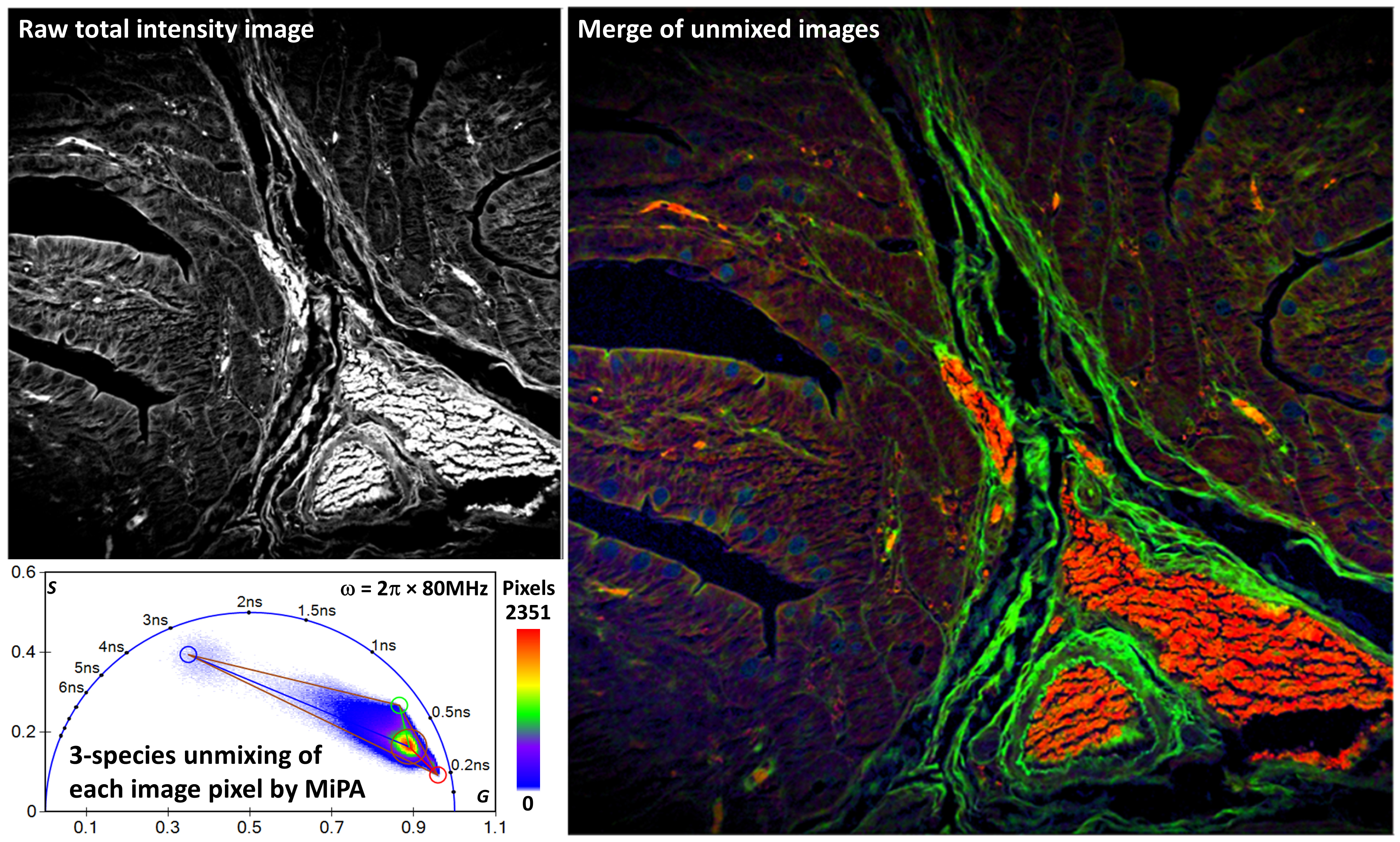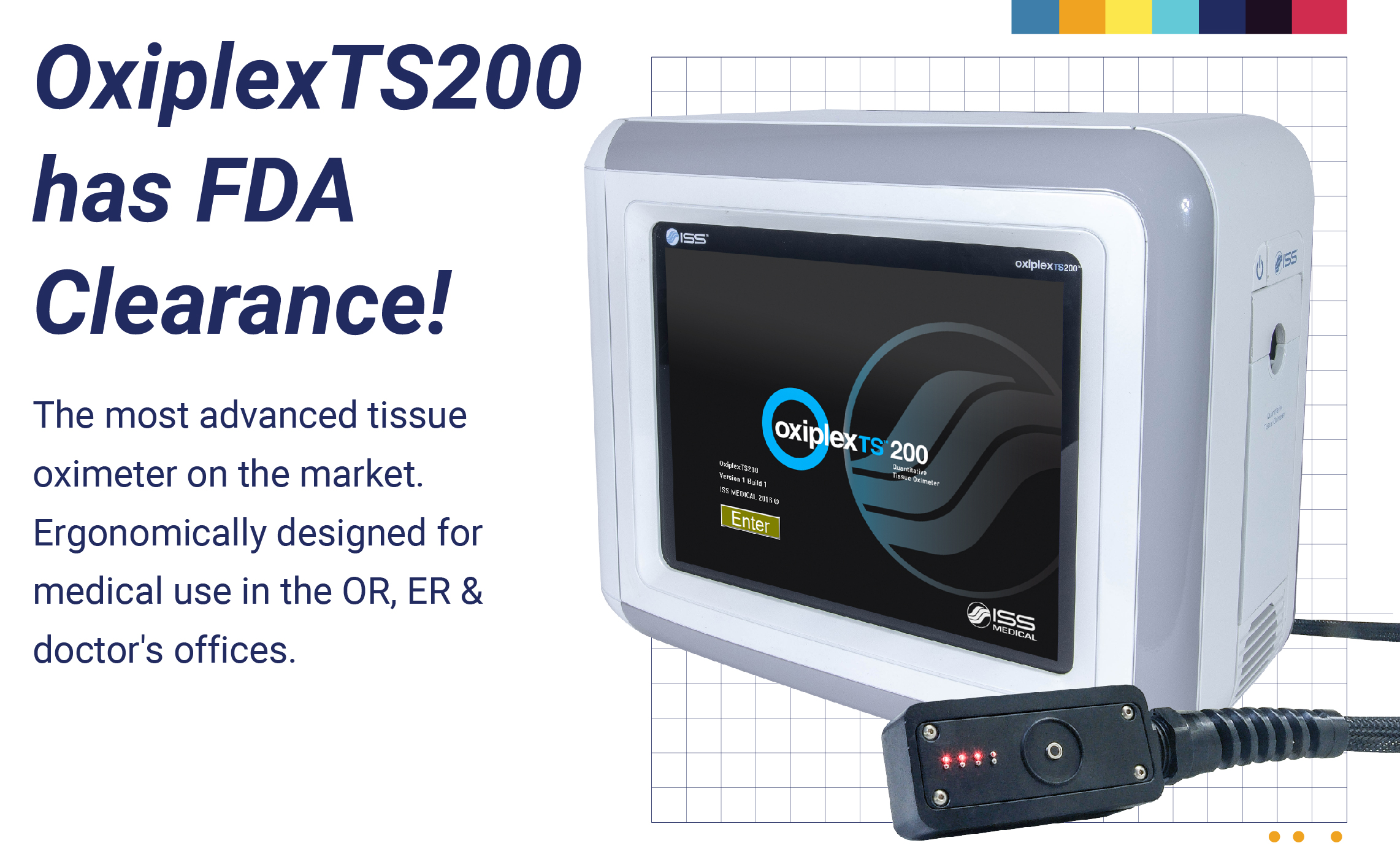NEWS
Particle Tracking Implemented on the Olympus FV3000 Confocal Microscope
Champaign, Illinois - June 1, 2018 - After installing the particle tracking module on several units of the Olympus FV1000 and FV1200 laser scanning confocal microscopes, ISS recently installed the first particle tracking module on the FV3000 system. Particle tracking is also available for the ISS confocal microscopes Alba and Q2.
Particle tracking is an effective microscopy technique to track with nanometer precision fast-moving fluorescent molecules in 3D space. The working principle of the technique is quite simple: once the particle of interest is identified, the laser beam circles around it in the XY plane on a diameter of about 100 nm (user-selectable). An active feedback system monitors the intensity profile along the orbit. When variations are detected, the center location of the orbit is changed to compensate for the particle’s motion. The z-axis changes are monitored by using a fast, piezo-controlled stage. The trajectory is then reconstructed by joining the sequential changes of the center of the XY plane orbit and along the z-axis.
The particle tracking kit for the FV3000 is complemented by the FLIM and FFS Upgrade Kit enhancing the measurement capability of the instrument with Fluorescence and Phosphorescence Lifetime Imaging (FLIM and PLIM) and the family of Fluorescence Fluctuation Spectroscopy measurements (FCS, PCH, RICS, N&B).
The VistaVision software suite is used for image acquisition, processing and data analysis. Image stacks and time series are acquired automatically. Decay-times data can be analyzed either through the standard minimization technique or using the powerful phasor plots.

Trajectory of a fluorescence bead (by molecular probes) moved in a controlled fashion and followed over 4 minutes. The axis unit is micron. (Courtesy of Dr. Elizabeth Hinde, The University of Melbourne, Melbourne, Australia)



